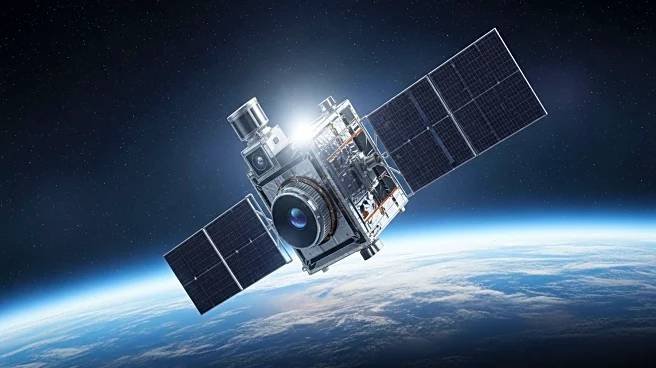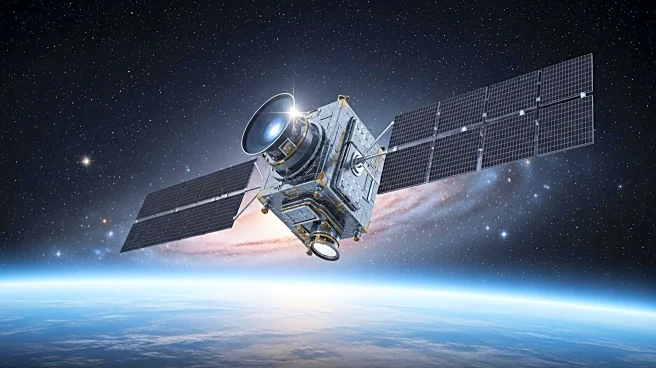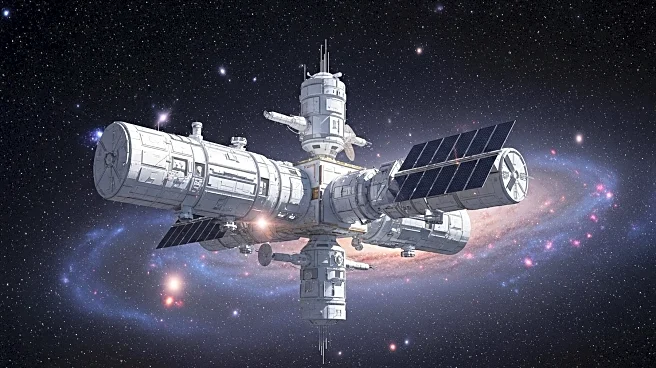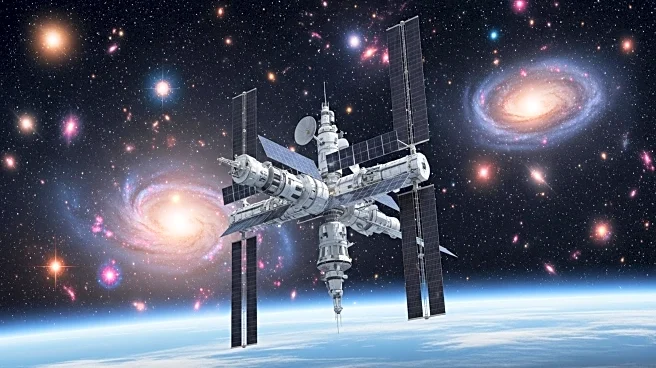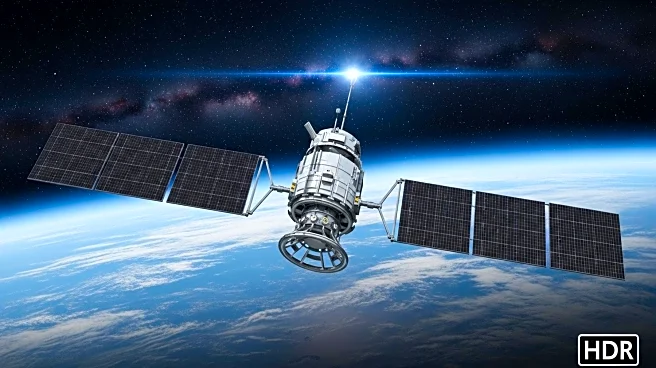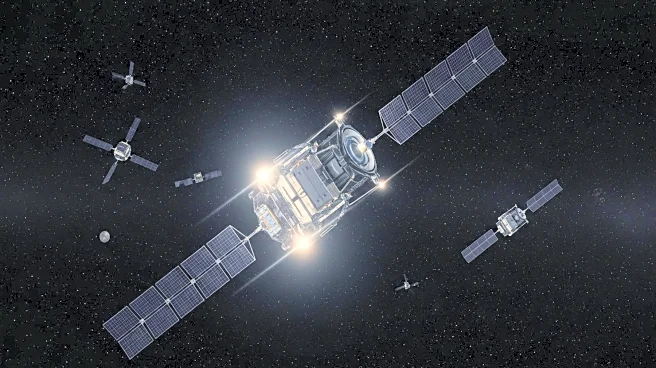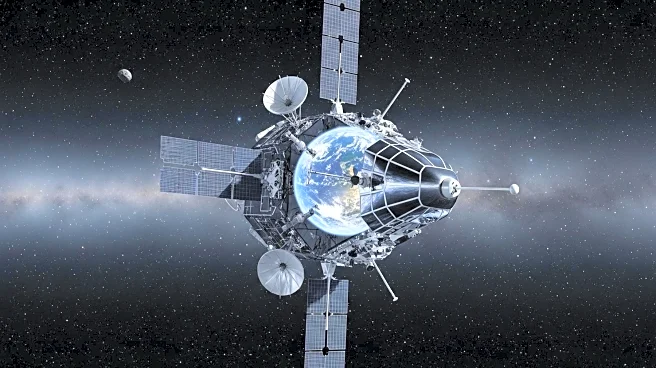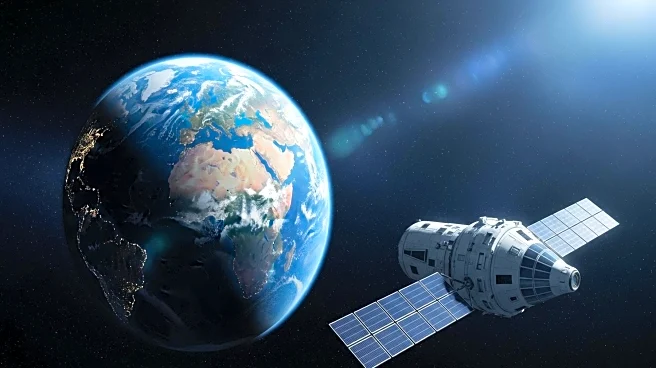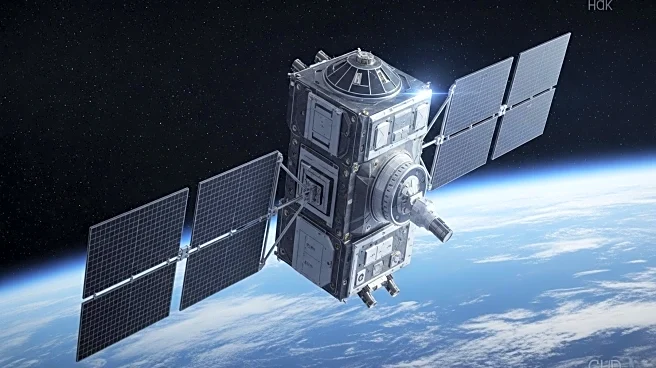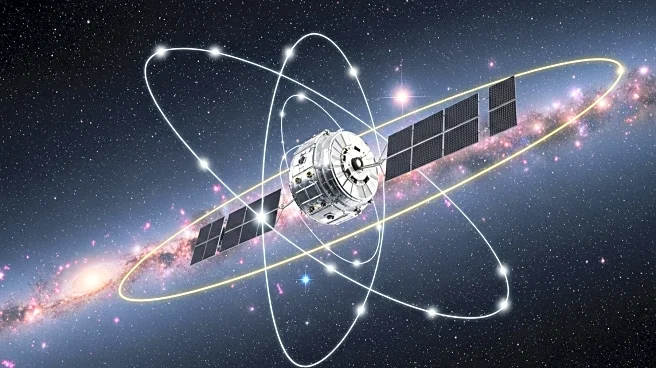What's Happening?
HEO, an Australian company specializing in non-Earth imaging, is expanding its capabilities to monitor higher orbits beyond low Earth orbit. The company, which does not operate its own satellites, collaborates with Earth imaging companies to access satellites when they are not in use. HEO has conducted 4,000 missions, imaging over 800 spacecraft, including Starlink and Project Kuiper satellites, as well as the Chinese space station Tiangong. Recent advancements in imaging technology have significantly improved the quality of images, allowing for detailed inspections of spacecraft. HEO plans to extend its imaging capabilities to geostationary orbits by 2027, with the potential to monitor asteroids passing close to Earth.
Why It's Important?
The expansion of HEO's imaging capabilities is significant for the space industry, as it enhances the ability to monitor and diagnose issues with spacecraft in higher orbits. This development could lead to improved satellite maintenance and recovery, reducing the risk of mission failures. The ability to image asteroids could also have scientific and commercial implications, potentially aiding in resource extraction. The move to geostationary orbits addresses the growing demand from customers for more comprehensive monitoring solutions, reflecting the increasing importance of space situational awareness in the context of rising satellite congestion and geopolitical tensions.
What's Next?
HEO plans to begin offering its expanded imaging services in January 2027, with several customers already committed to the new capabilities. The company is working with partners to install cameras on spacecraft in monitoring orbits around the geostationary belt. This initiative will include the ability to maneuver and inspect individual spacecraft as needed. Additionally, HEO is exploring the potential to use geostationary satellites to image asteroids, with a notable opportunity to observe the asteroid Apophis during its close approach in 2029. These developments could lead to new partnerships and collaborations within the space industry.
Beyond the Headlines
The expansion of HEO's imaging capabilities raises important considerations regarding the ethical and legal aspects of space monitoring. As the ability to observe and potentially interact with other nations' satellites increases, questions about privacy, sovereignty, and the militarization of space may arise. Furthermore, the potential for resource extraction from asteroids introduces new regulatory challenges, as international frameworks for space mining are still in development. These issues highlight the need for ongoing dialogue and cooperation among global space stakeholders to ensure the responsible use of space technologies.

